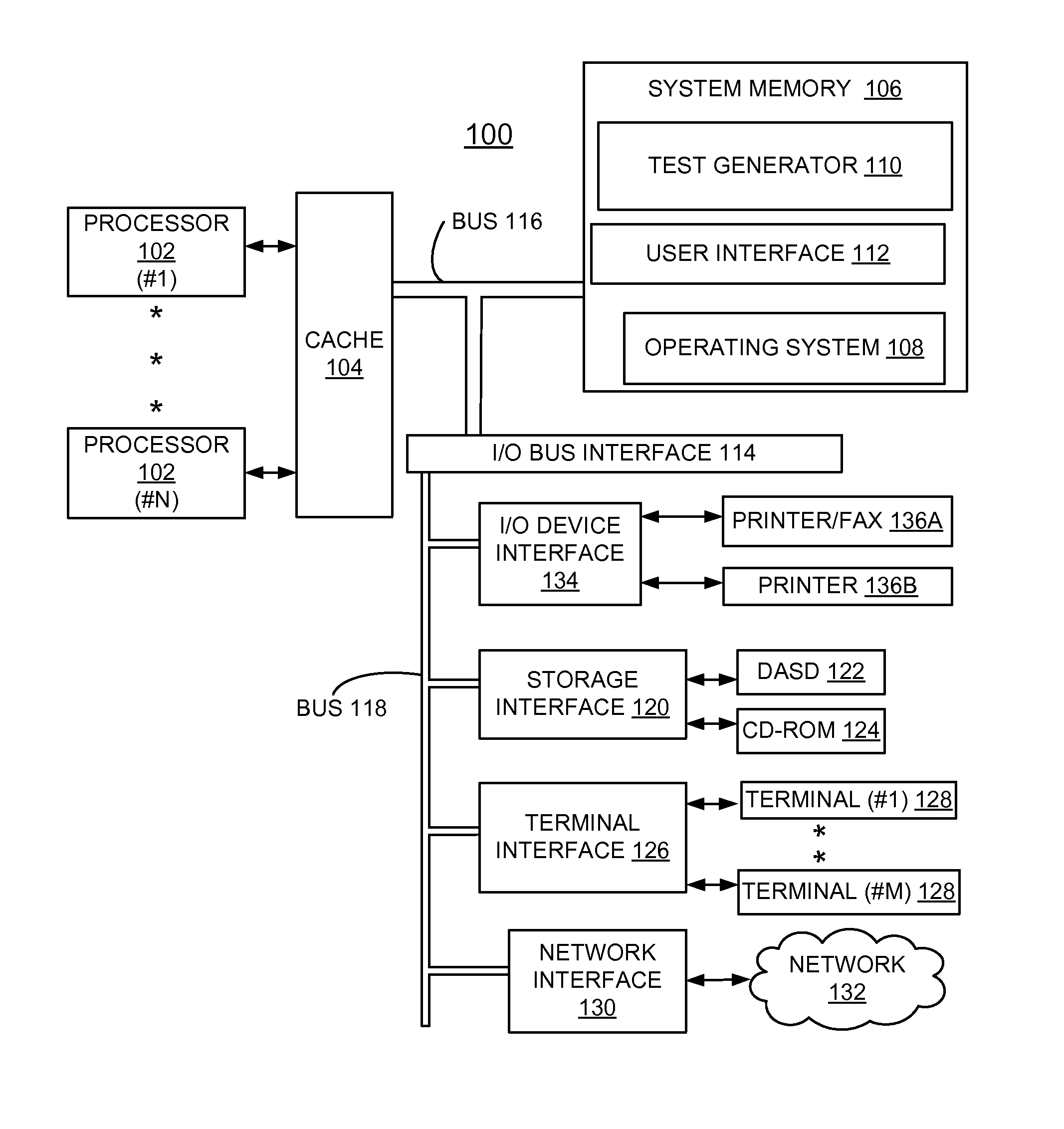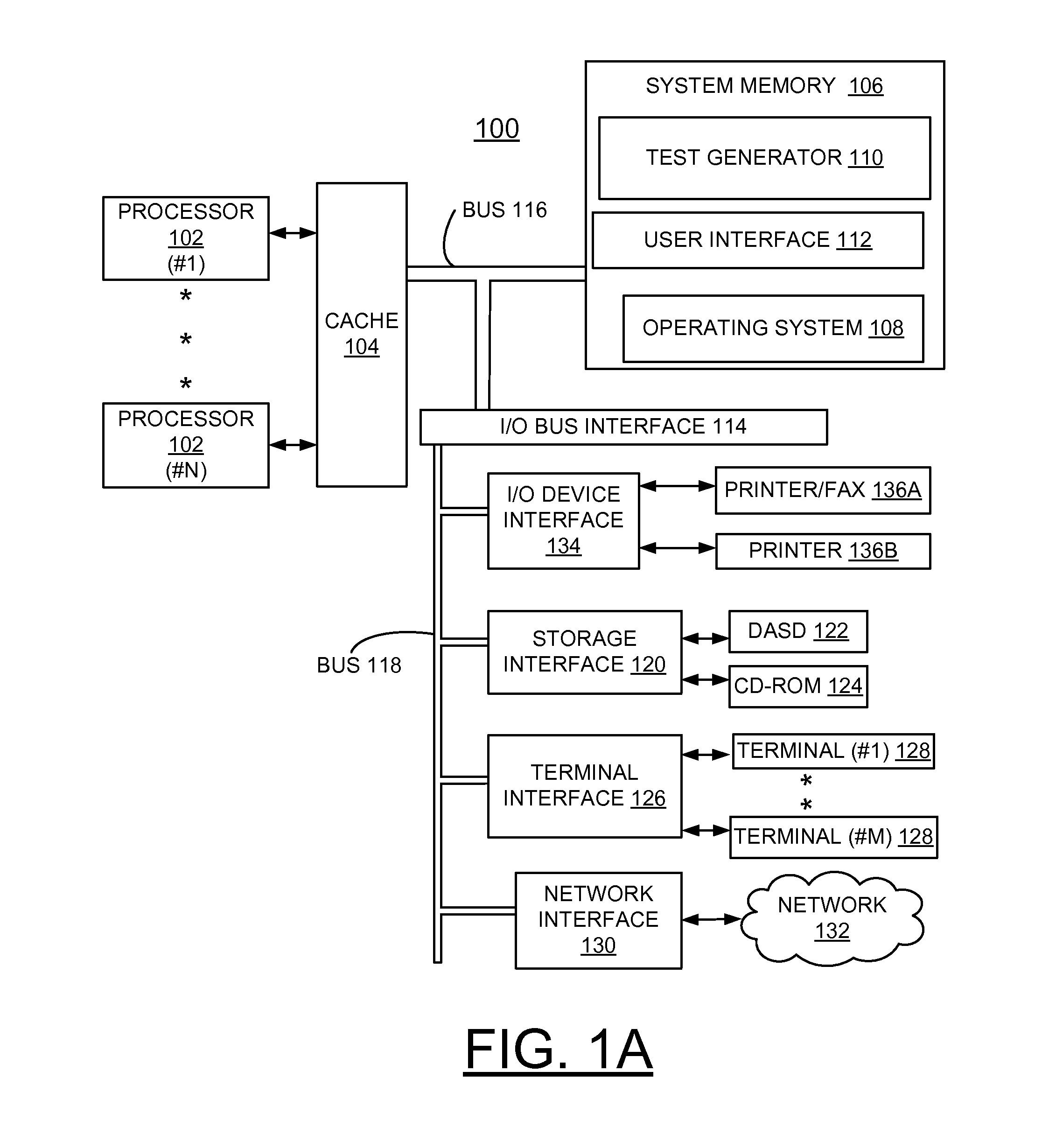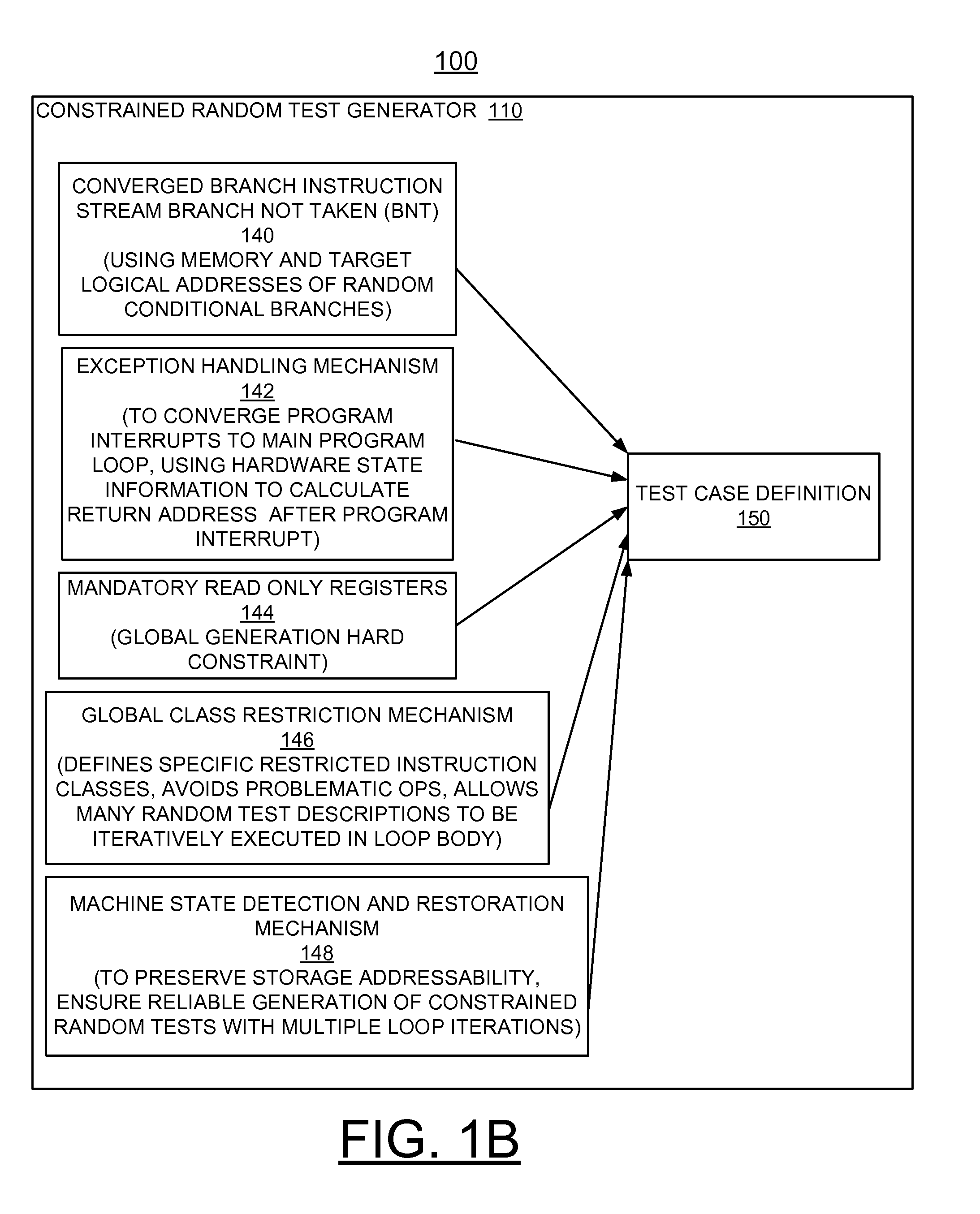Constrained random
test program generators face significant obstacles trying to generate random program loops and program loops that are important to use during pre-
silicon verification of new processor designs.
Instruction fetch and
branch prediction logic are complex and require
test program loops to properly verify.
See also “
Functional verification of the IBM
System z10 processor
chipset”, IBM Journal of Research and Development, v 53, n 1, p 1-11, 2009 which in reference to instruction fetch and
branch prediction verification, states that an inherent limitation in a purely random command driven
simulation environment is the inability to execute a meaningful architectural
instruction sequence.
Some of the main problems involved in generating loops include (A) conditional branches and (B) exceptions.
Each of those specific problems results in an early exit from a loop and so nullify the potential benefits of the loop.
Other problems involve (C) storage addresses and yet other problems arise from the use of (D) certain specific complex ops who's nature contribute to serious difficulties when used in a program loop.
Also of concern are (E) implicit branches or storage translation problems as a result of processor state changes.
However if the early exit from the loop is close to the top of the loop, we end up bypassing most of the original body of the loop, and avoid the intended sequence of instructions that we wish to test.
It is also possible to try to establish a new sequence following every possible path of every branch, but this causes test size explosion and also negates some of the benefits of having a
single loop executed multiple times. A better method is required to stay in the loop.
The current conventional use of the BNT methodology, including that described by the above-identified US 2012 / 0131386A1 does not address the concomitant early exit from the loop.
A specific problem of using storage instructions in random loops is that storage addresses are often specified as based on current register values which can change with each iteration of the loop as register values change.
Generating a random loop benefits from these innovations and others while generating the original instructions of a loop, but they are unable to be involved during subsequent iterations of a loop, resulting in undesirable behavior, and in some cases can cause the test generation to fail.
When this happens on a load or store op, an exception condition often arises on subsequent iterations of the loop, leading to possible early exit from the loop and when this happens on a branch operation, this could also lead to early exit of the loop.
Exception conditions that cause any type of program interrupt also can result in early exit from a loop.
Some instructions present complications for
Test Program Generators when they are executed multiple times in a loop body.
In IBM's z / Architecture, several instructions such as SIE (Start Interpretive Execution) or PLO (Preform Locked Operation) are difficult just because they are complex architecturally.
Other instructions, such as arithmetic operations which take two
operand inputs and over write one of the input operands with the result (a “destructive” architecture) can
pose some difficulties with recursive iterations causing the result to overflow or underflow.
Eventual overflow or underflow that leads to an exception that cannot be blocked poses a problem for a test intending to keep pipes full and much of the time are to be avoided.
The random execution of any instruction that alters an operating mode or
machine state can make a storage address that has already been used, untranslatable, resulting in a translation fault exception leading to early exit, or can make an address translate to a different real address, resulting in a branch that is an early exit from the loop.
One method of staying in the loop is to avoid use of random conditional branches in the body of loops, but if the intended target of the test is those very
conditional branch instructions, this does not help.
It is also possible to implement a specific
conditional branch instruction in a loop and provide specific biasing to remain in the loop, but this is a manual process and negates the advantages of full random test generation.
 Login to View More
Login to View More  Login to View More
Login to View More 


